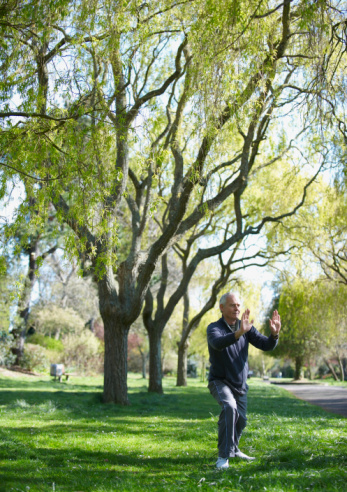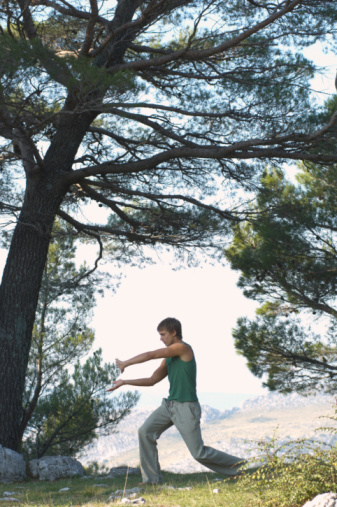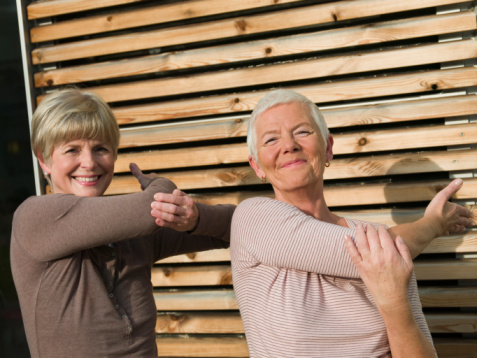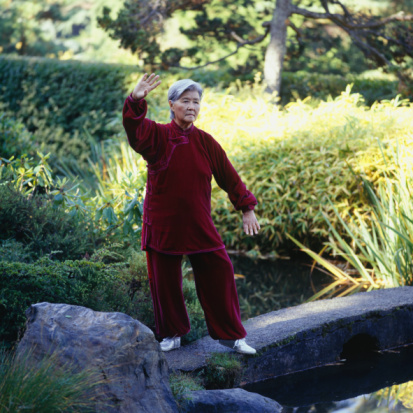'Spiral Teaching' and Behavioral Science
The Jindao System uses a 'Spiral Teaching" method, with a progression of stages, but the progress of a student or a class will rarely be linear, and most classes will contain students at different stages of self-direction.
Recursive Teaching
The Jindao System implements a new and innovative method of teaching, “the student recursive teaching method”. it is a dynamic method. Basically, the students teach the students in a form of cooperative learning. Recursive teaching is a tool that helps move information into long-term memory and aids our commitment to mastery.
In education, it is believed that this is the most effective method of teaching students. When the instructor and the students' frequency match, only then can we impart maximum knowledge. So what is a faster way to match the frequency then to have the instructors from among the students themselves.
A basic framework is explained and shown with 'hands on' application that explains what to feel to the students rather than just copying the teacher's movements; the class is broken into groups, within which the students show each other how to do the movements, while at the same time discovering the applications to the movements. Then each group shows the whole class what they felt and discovered. In this way instead of "monkey see, monkey do" learning, the students actually feel what the postural movements do in action.
The teacher serves as group facilitator, with the job of empowering students to take greater charge of their learning and making certain that they master advanced levels of the subject matter. The teacher seeks ways to empower more student self-direction via meaningful, relevant, complex, and transferable learning, using three levels of learning:
a. Deductive and analytical thinking that are involved in depth of understanding of
various phenomena.
b. Inductive and constructive thinking that are involved in the development of
abstractions, which can be in the form of explanatory models.
c. Abductive and interconnective thinking as the means for transcontextual explanation
building and complex learning.
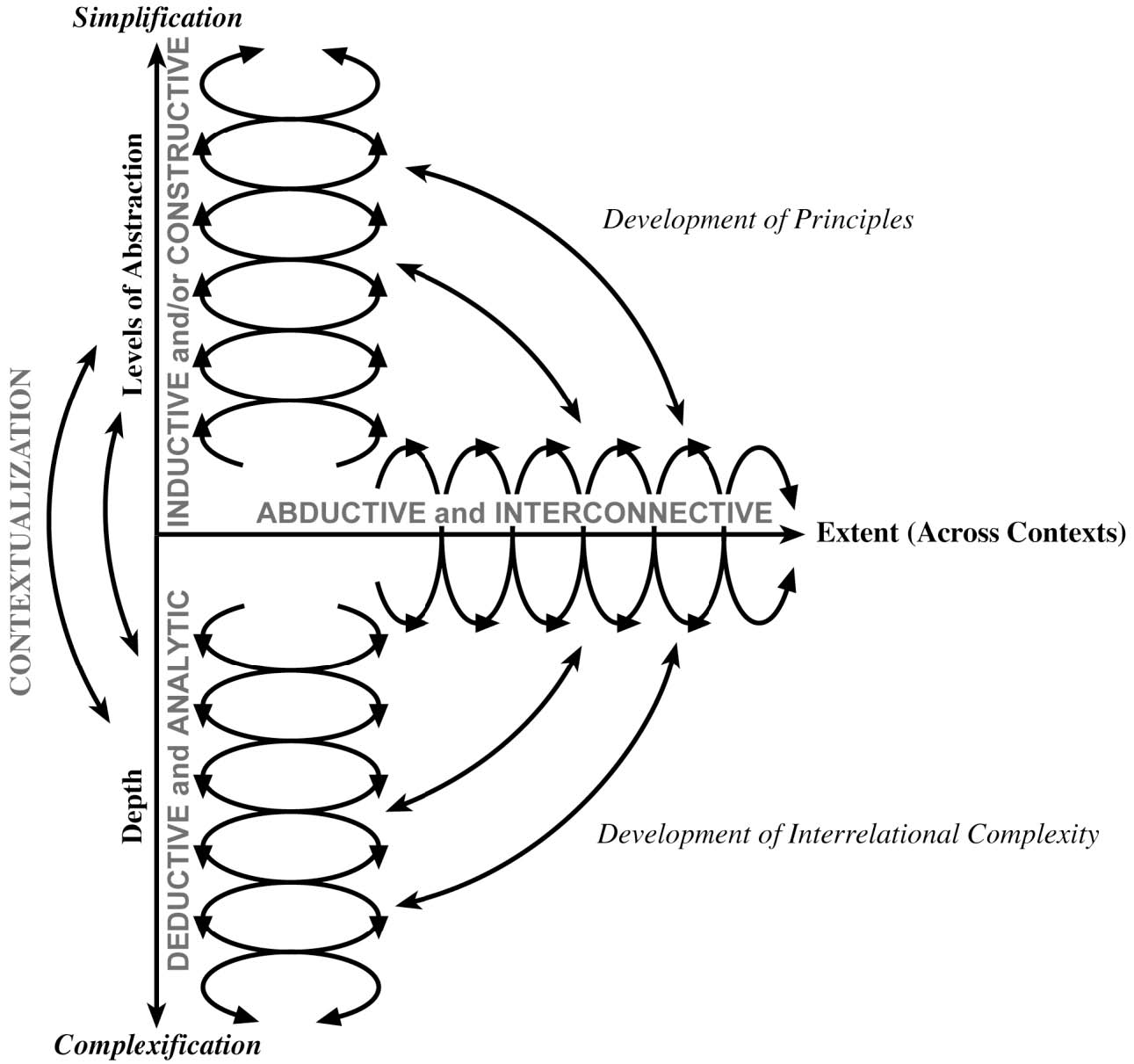
Complex, relevant, and meaningful integration of the material taught involves not only deeper conceptual connections,
but also a more “natural” process to investigating connections. By “natural,” I mean a process that emerges from individuals and groups of students as they inquire into the particular objects (postures), events (movements), and processes (applications) within the lessons.
For example, when the group (or some of its members) are deficient in basic skills, they may need drill and practice. The Jindao System's 'Spiral Teaching' is designed to ensure student mastery of concepts and skills designated essential to each level. The teacher teaches, tests, reteaches, tests, reviews, tests, reviews, and tests until the students know and understand (master) the material.
The lessons will loop back to previous ones, but now performed at a higher level and with greater understanding. Thus, the students becomes more skilled at doing "what", while gaining deeper insight into knowing "why"' postural movements are done in such a way.
This "recursive teaching" method was developed after many years of research in the Behavioral Sciences. Behavioural sciences explore interactions among organisms and their environment.
Behavioral Science
The term behavioural sciences (or behavioral sciences ) encompasses all the disciplines that explore the activities of and interactions among organisms in the natural world. It involves the systematic analysis and investigation of human and animal behaviour through controlled and naturalistic experimental observations and rigorous formulations.
Behavioural sciences abstract empirical data to investigate the decision processes and communication strategies within and between organisms in a social system. This involves fields like psychology and social neuroscience (psychiatry), and genetics among others.
Behavioural sciences includes two broad categories: neural- decision sciences and social- communication sciences . Decision sciences involves those disciplines primarily dealing with the decision processes and individual functioning used in the survival of organism in a social environment. These include psychology, cognitive science, organization theory, psychobiology, and social neuroscience.
On the other hand, communication sciences include those fields which study the communication strategies used by organisms and its dynamics between organisms in an environment. These include fields like anthropology, organizational behaviour, organization studies, sociology, and social networks .
Studies of human, animal, and even plant behavior have resulted in a wide range of results, some of which have very serious implications. For example, workers in the public health field have learned to integrate behavioral science into their practice to promote healthy behaviors and encourage people to access health care. Psychologists and other mental health professionals may also incorporate behavioral science into their treatment of patients. If someone seeks cognitive behavioral therapy for treatment of a phobia, for instance, he or she will receive treatment which has been designed with the findings of behavioral science in mind.


